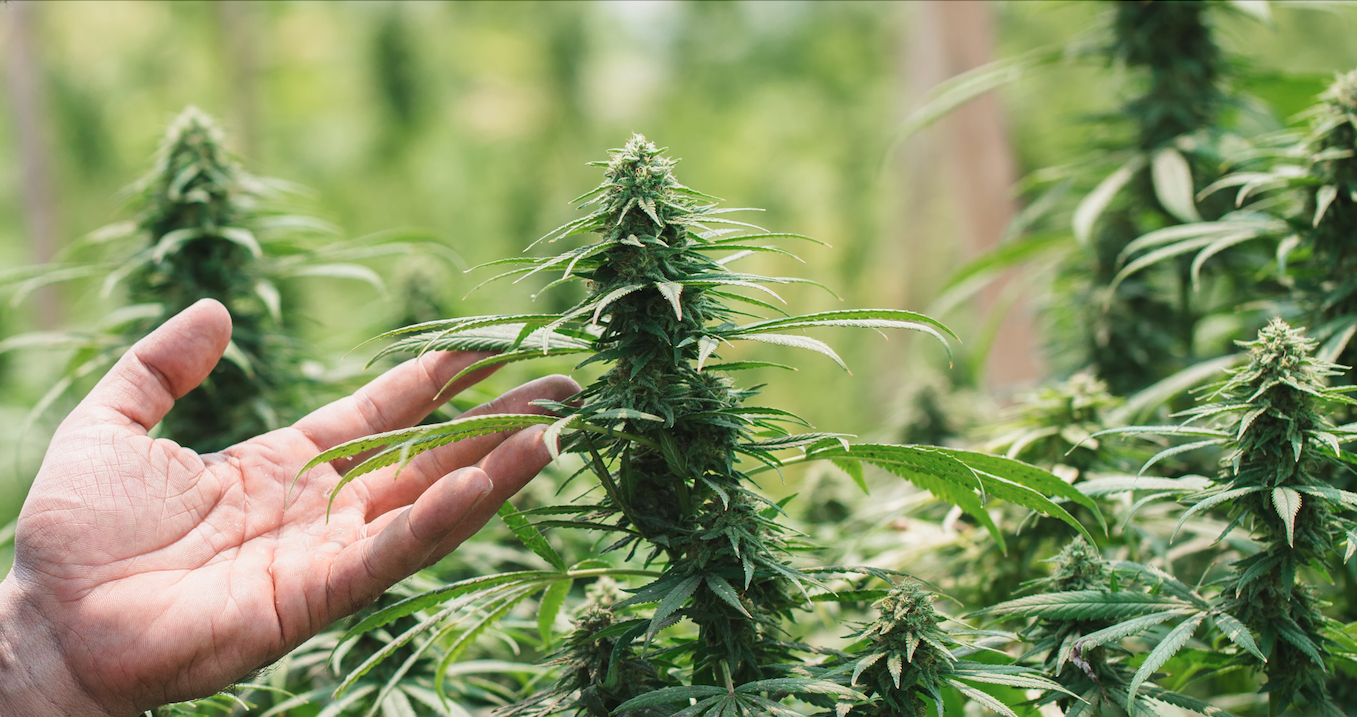The Hunt Is On: What It Really Takes to Find a Winning Cannabis Phenotype
Pheno hunting is one of the most exciting parts of cannabis cultivation, but it’s also one of the most misunderstood. This isn't about picking the prettiest plant from a seed drop and calling it good. If you're doing it right, it's a scientific, long-haul process filled with trial, error, heartbreak, and obsession. It's not fast, it’s not easy, and it absolutely cannot be rushed.
Let’s start at the beginning. When a grower pops seeds, they’re dealing with genetic variability. Even within the same pack, each seed is a unique expression of the parental genetics. Think of it like a litter of puppies. They may all come from the same parents, but each one is going to have its own personality, strengths, and quirks.
The first step is germination and early growth. You're looking for vigor. How fast does each plant establish itself? Does it stretch too much? Is it compact and strong? Any signs of mutation, weak structure, or hermaphroditism are grounds for immediate elimination. That early culling process sets the tone. A weak start rarely turns into a strong finish.
Once the plants are vegging, we look for branching structure, internodal spacing, and canopy behavior. Some phenos will throw out tight nodes and bushy frames, ideal for certain grow styles. Others may be lanky or uncooperative, which can cause headaches down the line. You’re not just growing for beauty. You’re growing for production, consistency, and shelf appeal.
Then comes flower. This is where things get interesting. Each phenotype is evaluated on a wide set of variables: flower structure, trichome density, aroma profile, and maturation speed. Is it greasy and resinous? Does it throw nugs that are dense or airy? Does the flower shape make it easy to trim or does it create a labor nightmare?
The nose is critical here. You evaluate the terpene profile not just for strength but for uniqueness and appeal. A strain can test at 25% THC and still flop if it smells like hay or generic pine. We’re looking for expressions that stand out. Complex layers. Gas, fruit, funk, sweet cream, rotten candy, whatever it is. The aroma has to pull people in, and it has to stay intact after the cure.
After harvest, you test for potency and terpene content. This is where the science kicks in hard. It’s not enough for a pheno to be loud and beautiful. In a market like Washington, if it doesn’t test above 18% THC, it likely won’t sell. That might be frustrating to hear, but it’s reality. Consumers shop by numbers, so the winning cut has to look, smell, taste, and test well.
But we’re still not done.
Now you ask, can this be scaled? That one dreamy plant in a solo pot under LEDs might not perform the same when you fill a room with it. Some strains look great small batch but flop in full production. Maybe they don’t stretch uniformly. Maybe they’re prone to powdery mildew under certain conditions. Maybe they yield too low for the space they take up.
At Canasmith, we run phenos across multiple cycles before deciding. We need to see consistency. Can it hold THC levels across batches? Can it yield well without becoming a labor sink? Will it grow predictably under different conditions and still hit our standards? That’s the difference between a boutique one-off and a flagship strain you can actually build a menu around.
The reality is, you might pop 50 seeds and end up with one keeper. Maybe none. And even if you find a potential winner, you’re still a year out from being ready to drop it into production. That’s if everything goes right.
This is why real pheno hunting takes time. It’s not just about looks. It’s agronomy, chemistry, market research, and trust in your process. It’s why we’re cautious about what we bring to market. We don’t just want pretty pictures. We want repeatable excellence. Something that feels just as good to grow as it does to smoke.
And when we finally find that one that checks every box? That’s the magic. That’s what makes it worth it.
<3 Michelle

